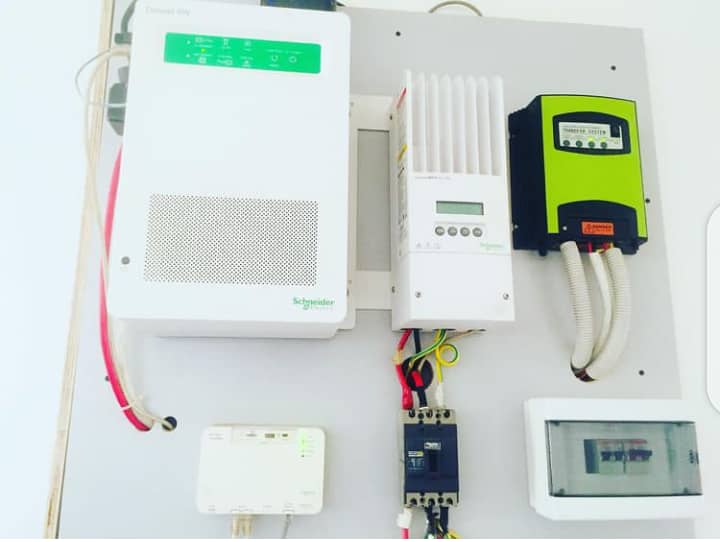
Charge Controllers
Charge
Controllers are regulators that prevent solar battery overcharging. They also
display the flow of power and battery status. Charge controllers are only
necessary when you want to install an off-grid solar system from rooftop
systems to smaller setups on RVs.
Types of Solar Charge
Controller
The two types of charge
controller to use when you want to install an off-grid are:
·
Pulse Width Modulation (PWM)
·
Maximum Power Point Tracking
(MPPT) controllers.
Pulse Width Modulation (PWM)
Solar Charge Controller
Power
Width Modulation Controller constantly supplies a minute amount of power in
order to keep the battery topped off when it is full. As the battery gradually
approaches its full capacity, the controller slowly reduces the amount of power
that goes into your battery. They are quite simple and less expensive compared
to MPPT controllers.
Maximum Power Point Tracking
(MPPT) controller
Like the Power Width Modulation Controller,
the Maximum Power Point Tracking (MPPT) controller reduces the flow of power
that goes into your battery as it approaches capacity. MPPT controllers are
more efficient than PMP controllers because they can pair matching voltages
from panels and batteries. They utilize the full power of your solar panel to
charge a home battery system effectively.
Advantages of a Charge
Controller
⦁ It
regulates the flow of energy coming from the solar panels to the battery.
⦁ It
prevents overcharging by monitoring the battery bank
⦁ It
prevents overload which can result to fire hazard.
Disadvantages of a Charge
Controller
⦁ It
can cause a fire hazard when there is an overheating.
⦁ An
overcharge can damage your batteries.
⦁
Reverse current can lead to internal damage of circuit and power supplies
Overload
Overload is when the current
flowing from a circuit is higher than it can safely handle. It is caused by a
faulty wiring or excess load voltage. When there is an overload, it can cause
overheating and even a fire hazard.
Preventing Overcharge
Voltage
regulating is the most imperative function of all charge controllers. The flow
of energy is regulated by some controllers when the current is fully switched
Off or On. This is referred to as "On/Off Control". Others gradually
reduce the current, and it is called 'Pulse Width Modulation'. Signs of possible
overcharge that can damage your batteries and show a problem with your
controller are:
a.
Voltage not reaching the appropriate set points in your battery.
b.
Batteries bubbling severely.
c.
A lot of moist accumulation on battery tops
d.
Not getting the expected capacity from your battery bank.
Display and Metering
Displays on charge controllers
range from a single red-light indicator to digital display of voltage and
current. It helps to keep track of the energy available in your battery by
indicating the system function and status.
